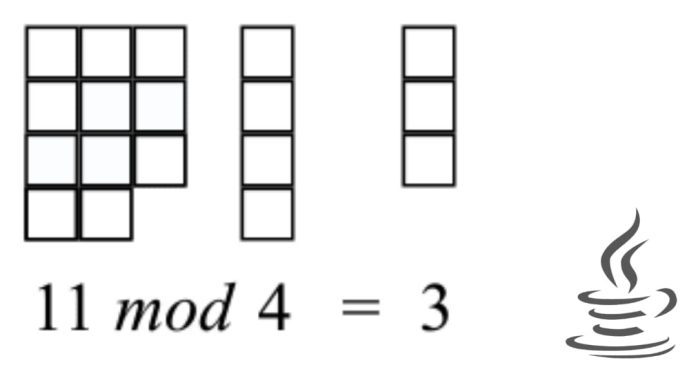The modulo or remainder operator (%) in Java returns the remainder of a division operation. It’s a binary operator used between two operands:
int result = a % b;
Here, a is divided by b, and the remainder is assigned to result. The a is the dividend, and b is the divisor.
Key Points:
1. Positive Numbers: If both operands are positive, the result is positive.
10 % 3 = 1
2. Negative Numbers: If either operand is negative, the result takes the sign of the dividend.
-10 % 3 = -1
10 % -3 = 1
3. Use Cases: Commonly used in scenarios like determining even or odd numbers, cycling through a sequence, or handling circular array indexing.
The modulo operator is essential for operations involving cyclic patterns or constraints.


